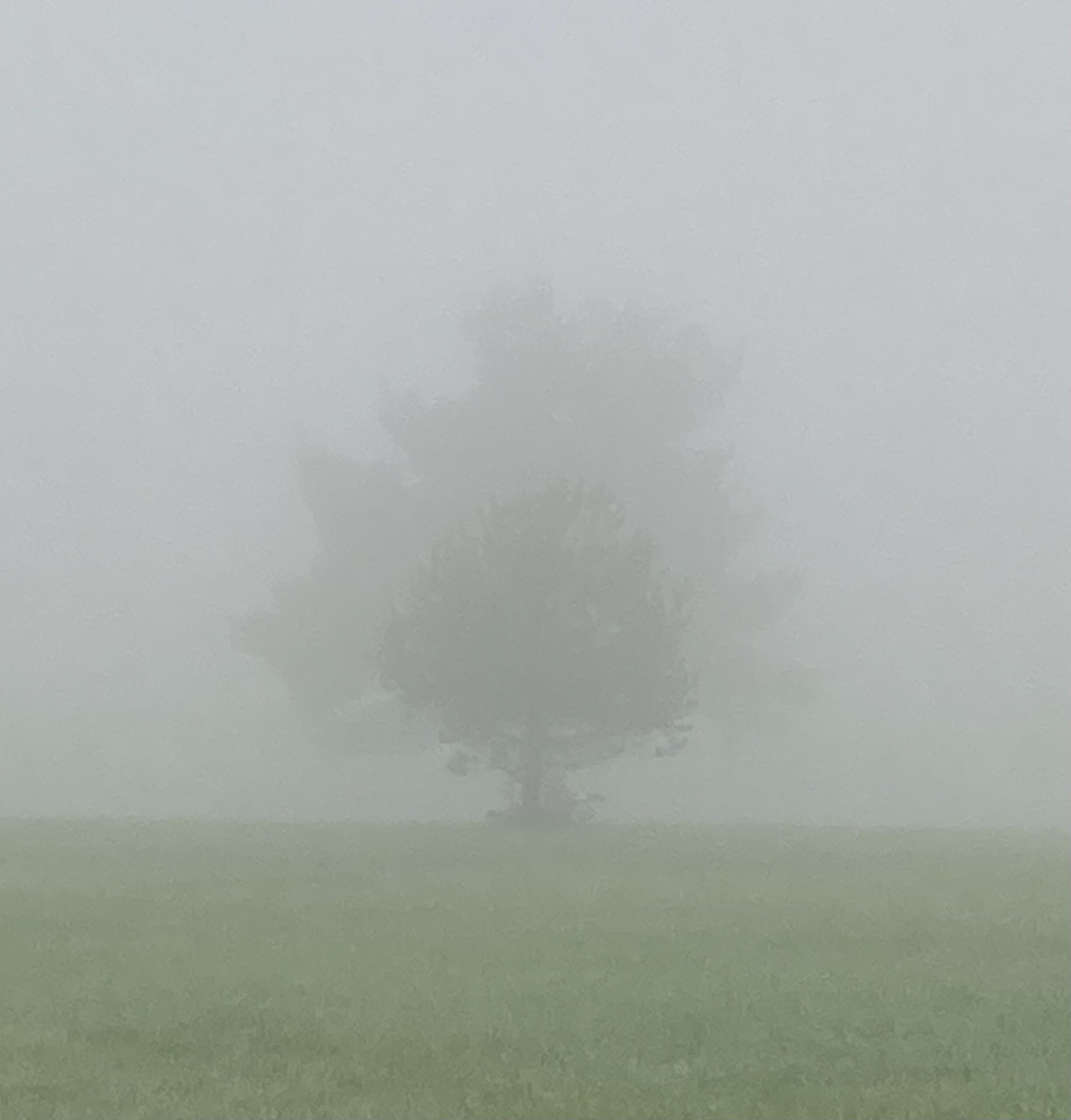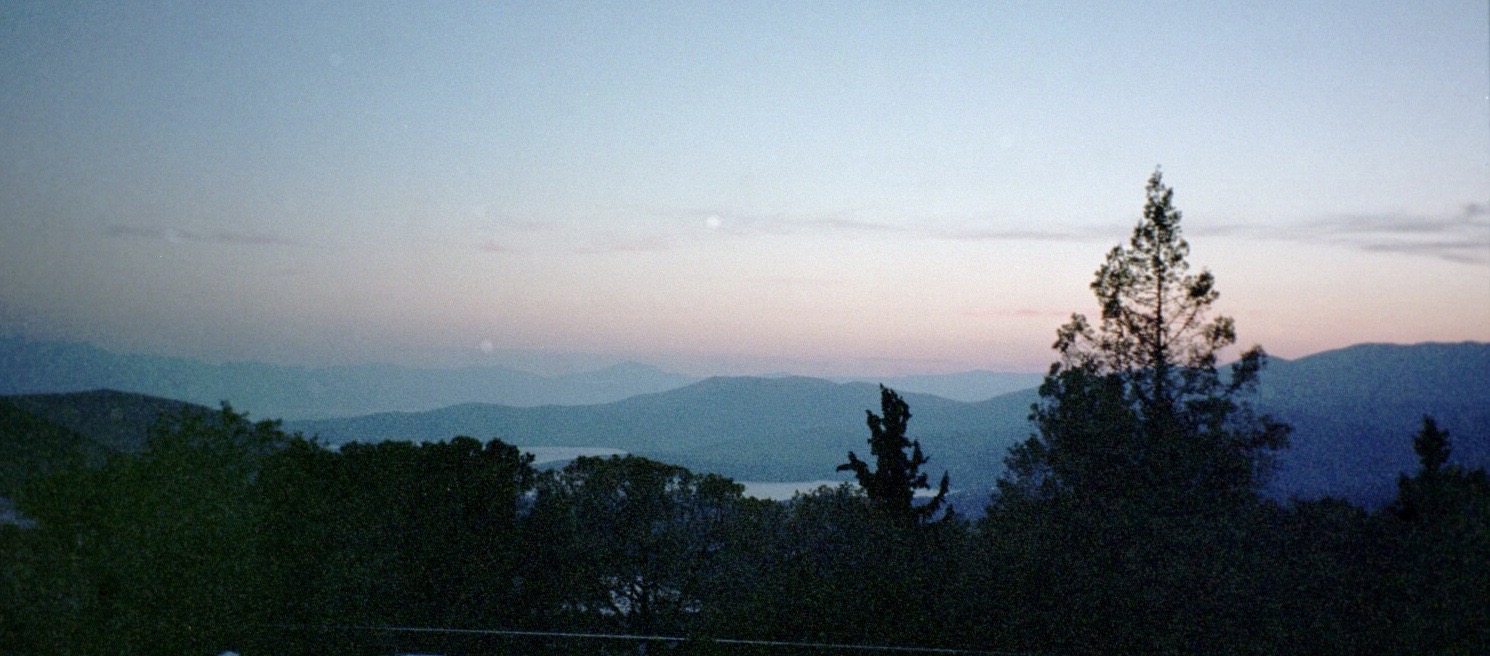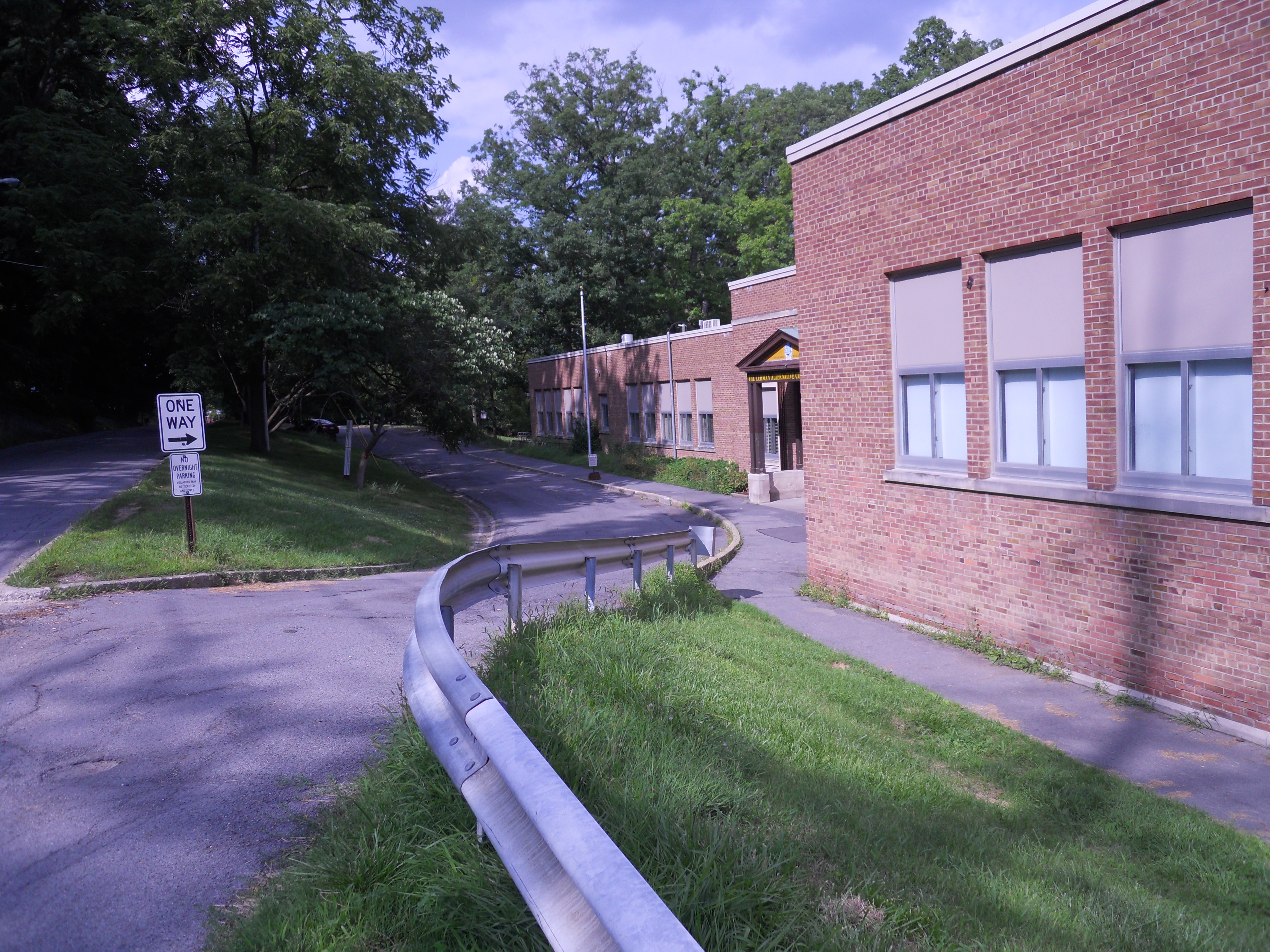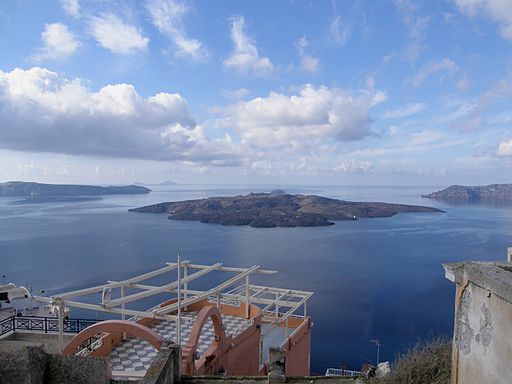Every once and awhile, we turn on a radio program, pick up a book or newspaper, get a text, and right there waiting in the headline or title or first line is information relevant to a question or concern we were wrestling with. This happened to me yesterday.
I was reading a book of essays by theoretical physicist Carlo Rovelli called There Are Places in the World Where Rules Are Less Important than Kindness: And Other Thoughts on Physics, Philosophy, and the World. I’ve been reading the book on and off for a month or so, and it keeps sparking insights. I wrote about buying the book as a gift to myself in a previous blog. The latest chapter I read is called “Bruno de Finetti: Uncertainty Is Not the Enemy.”
Bruno de Finetti was a relatively little known Italian probabilistic statistician, college lecturer, and philosopher of science. The chapter discusses the impossibility of having absolute knowledge and certainty. Uncertainty is a critical element of reality.
This is not news. We might think we have absolute answers, think we know what’s true. But all we really have, and many of us somewhere know this, is a subjective notion of what might probably be true.
We can, says Rovelli and de Finetti, diminish uncertainly. We can develop, through rigorous examination, justified and credible convictions that are shared by others who have rigorously studied the subject. But we can’t make uncertainty disappear. All we can hope for is reliable probability.
And uncertainty can be a positive lifelong companion, says Rovelli. If there were no unknowns, there would be no possibilities. It makes life interesting. Yet, how often do we pray for it to be otherwise?
Although it can lead to debilitating worry and anxiety, it can also energize us to prepare, and learn more about ourselves and a situation. So much depends on our response. Do we try to hide from any awareness of our feelings and limitations, or study and utilize that awareness? Because we don’t have complete knowledge, we can and need to continuously learn. Adapt. Listen to other beings.
At night, the dark makes the borders between almost everything more indeterminate, returning almost everything to the realm of what’s unknown. That realization, and the stories dreams weave in us about our lives, help us wake in the morning to a fresh, new world. Uncertainty can do the same for our time in the light.
Yet, we know too well that such intellectual realizations, no matter how insightful, are not enough. The intellect can point out a path but not walk it for us. We need to learn additional skills and a different sort of rigor, one of the body and emotions, to check on our reasoning. We can learn to better self-reflect on our thinking by using a sustained, moment-by-moment, kindly attention, to feelings, sensations, thoughts, and inclinations to act….
*To read the whole piece, please go to The Good Men Project.




